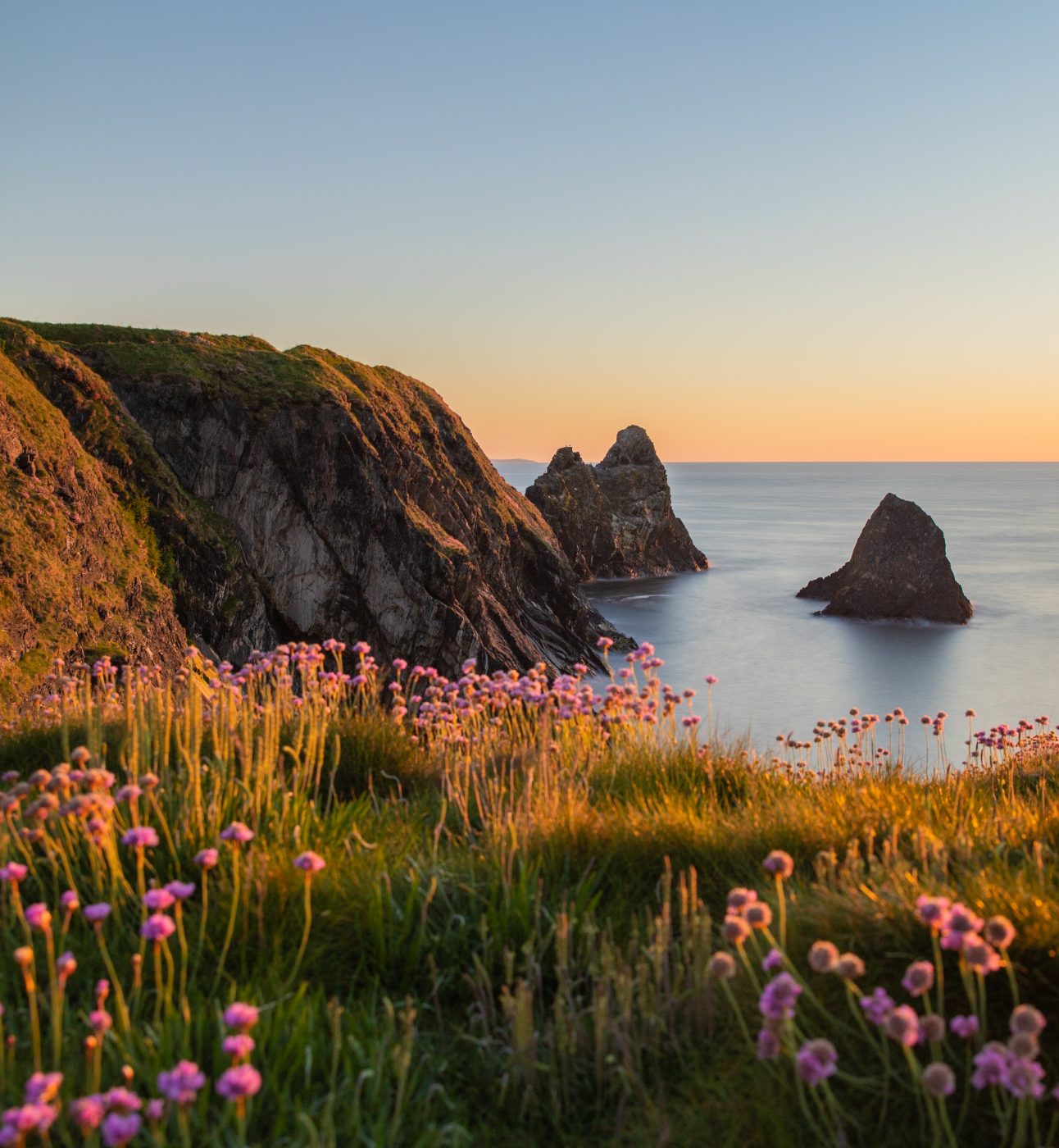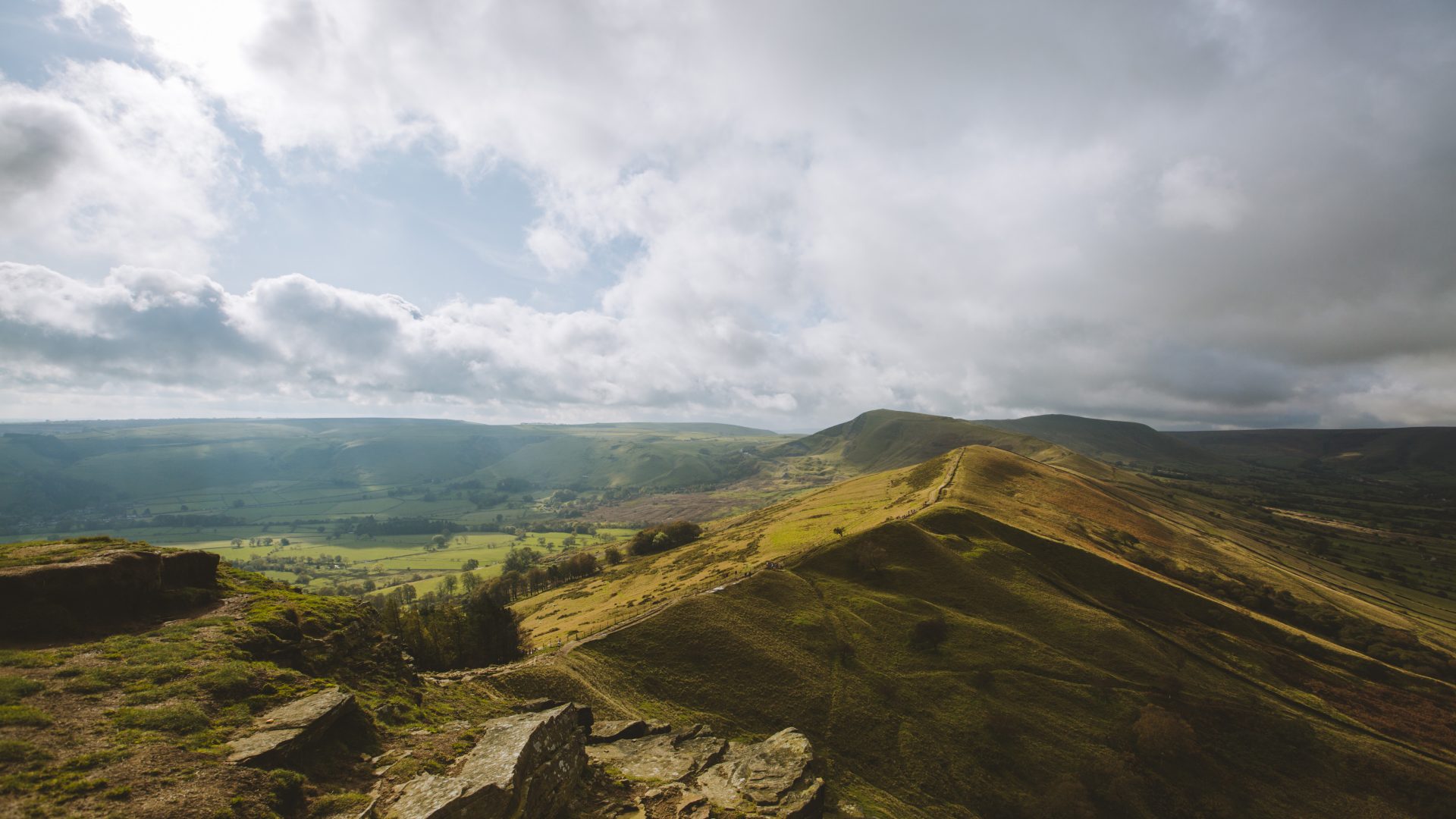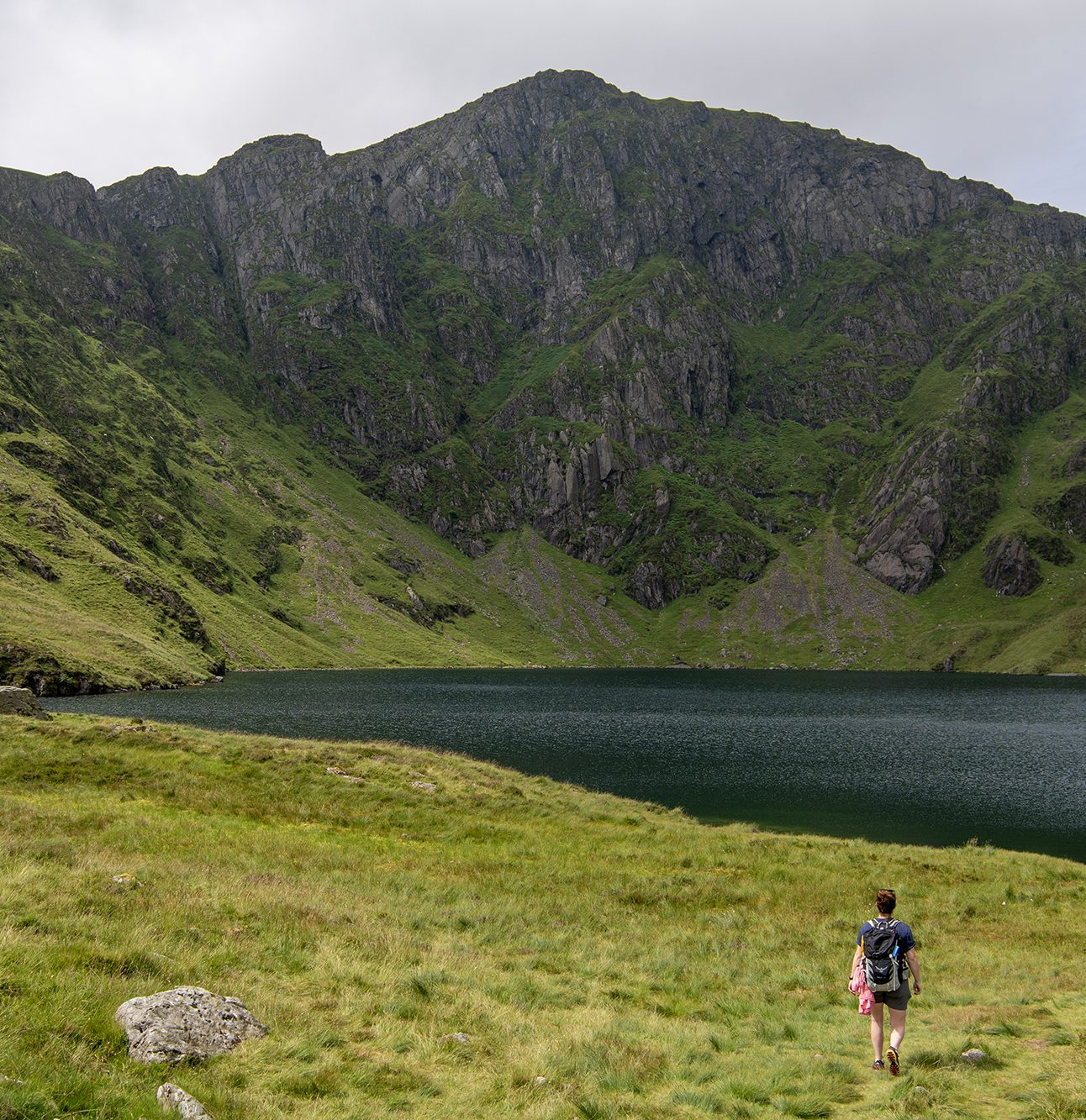
Join us as a Friend
Help safeguard the future of beautiful places – and everyone’s right to enjoy them – by becoming a Friend of Campaign for National Parks from just £3 a month.

Published: 19 September 2024
We are one month away from the COP16 United Nations Biodiversity Conference in Cali, Colombia, and the desperate need to reverse the decline of biodiversity loss in our National Parks is as urgent as ever.
As our Health Check report demonstrated earlier this year, the way in which land is owned and managed in our National Parks is fundamental to reversing this loss and ensuring that COP15’s global target to protect 30% of land, rivers, lakes, wetlands and sea for nature by 2030 stays on track.
Our analysis suggests that only 6% of land in National Parks being managed effectively for nature and every river and lake is polluted in England’s National Parks. Despite the best efforts of nature-friendly farmers, conservation charities, passionate landowners and landscape recovery projects, nature remains in freefall.
Unlike National Parks all around the world, in England and Wales the majority of land in National Parks is privately owned. Private landowners own just over half of the New Forest and more than 99% of the Yorkshire Dales, with the figure for most of the Parks being 90% or more. 174k ha – area size Greater London – is owned by the state bodies like Forestry England and MOD, which thanks to changes in the Levelling Up Bill, now must be managed effectively for nature.
In the past, the state purchase of land has been a key conservation measure: for example, Exmoor now owns 9% of the Park after purchasing moorland in the 1960s and 70s to prevent it being ploughed up and destroyed. Similarly, local Councils took ownership of South Downs around Brighton to ensure the chalk grassland and underlying chalk aquifer was protected. Earlier this year, Dartmoor National Park Authority purchased Buckfastleigh Moor – a nature reserve containing upland heathland and species-rich valleys, in order to bring “long-term protection” to the park.
But in general, the more recent trend has been to sell off precious natural assets. With financial pressures mounting and a 40% real terms cut in funding since 2010, the state has been forced to look at selling off land within National Parks. This continual decline in public ownership of land will only lead to more difficulties trying to influence how this land is then managed for nature and the climate. Influencing what happens on private land is one of the key factors restricting their ability to make more progress on nature recovery.
We need big changes – more money, new powers and reforms to governance and land ownership. As part of our Health Check, we’re calling for reforms which support greater public and community ownership of land in National Parks, including a requirement that any land over a certain size in England and Wales is first offered for community or public purchase when put up for sale. Much like the Right to Buy in Scotland it would allow those with an interest in protecting the land to register their interest and have first refusal. Supported by a Treasury-backed capital fund to support public sector purchase of land in National Parks, this could enable land to be better managed for the public good and again help change how we view land management and ownership in the UK.
Whilst the majority of land in National Parks will likely remain in private ownership, we want to see an end to the upward curve of public land being sold off and a recognition that public and community land ownership can drive positive change for nature and people. Just take a look at what’s possible from the incredible Stump up for Trees in Bannau Brycheiniog who are collaborating with farmers and the NPA to turn braken-covered slopes into new woodland habitats and hedgerows. Or Low Fell in the Lake District which is now owned by a community interest company looking to create new habitats and woodland. And then there’s Skiddaw Forest which has been purchased by Cumbria Wildlife Trust in order to restore 3,000+ acres of peatland, wildflower meadows and temperate rainforest. Enabled with private finance but bought in the public interest, this project has huge potential for the National Park.
You can’t talk about private land management without considering the huge changes to agri-environment schemes which have occurred in the last few years. Farmers and land managers hold the key to nature recovery in National Parks and agri-environment schemes are a fundamental driver of change. Nature-friendly farming practices can deliver sustainable rural businesses if properly supported and incentivised, and we have seen through the hugely popular Farming in Protected Landscapes (FIPL) scheme that it is possible to twist the dial on what happens on private land through closer cooperation and partnership.
But we also know that the scale and pace of change needs turbo-charging in a financially challenging and uncertain time for farmers post-Brexit. In England the Environmental Land Management (ELM) scheme is turning into a pick and mix sweet shop of options which may not always deliver joined up results. Agri-environment support is vitally important and should be specifically designed to enable NPAs to develop close relationships with farmers and land-managers to give them the support they need to work collaboratively.
In Wales, the Sustainable Farming Scheme needs to give assurances to farmers that collaborative and optional nature-friendly farming actions will be rewarded and incentivised within National Parks. Of course, agri-environment schemes are not the only tools in the box and there’s more that can be done to change the way private land is managed for nature by creating stronger laws to stop damaging land management practices like peatland burning as well as greater levels of enforcement for the laws that already exist.

Help safeguard the future of beautiful places – and everyone’s right to enjoy them – by becoming a Friend of Campaign for National Parks from just £3 a month.

Explore our work historically and what how we’re working today across National Parks in England and Wales to secure nature-rich National Parks for all.

Here are 5 easy ways you can take action for National Parks in England and Wales today